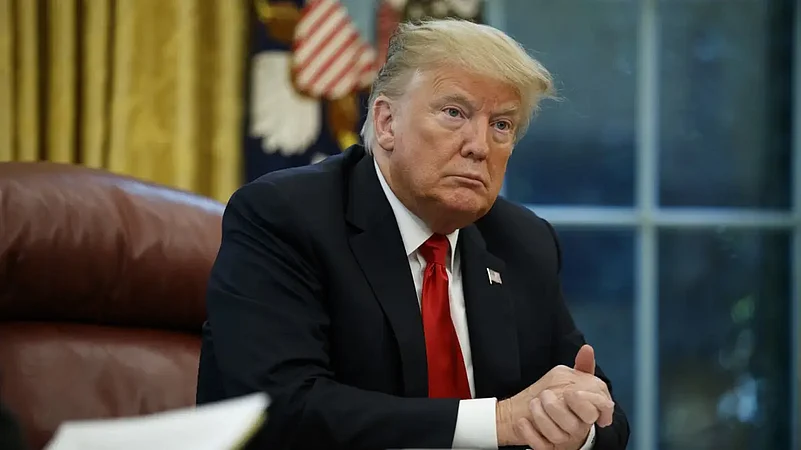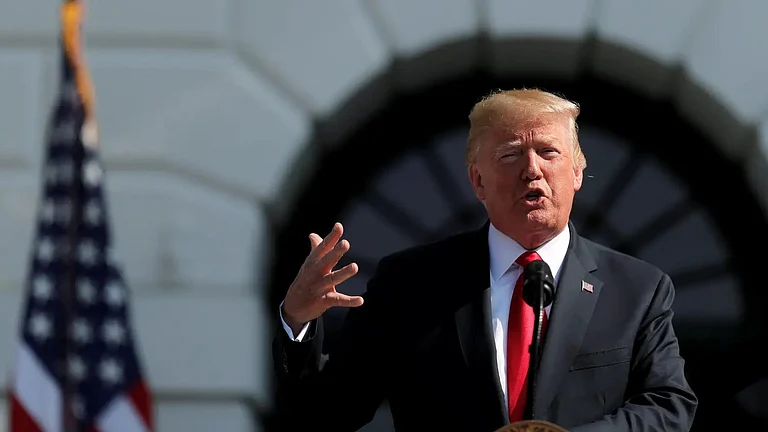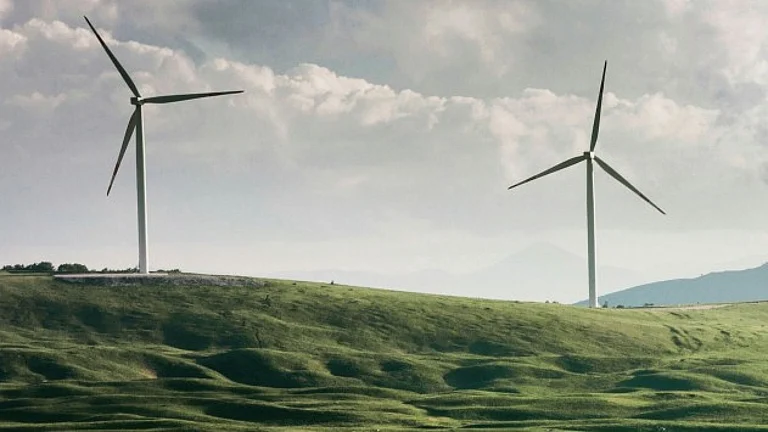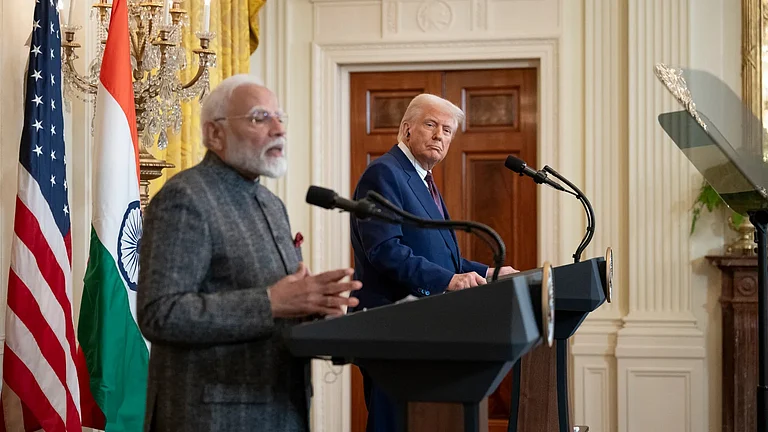The US President Donald Trump's executive order to end birthright citizenship has forced many Indian immigrants to opt for preterm delivery of their child to get citizenship before the February 20 deadline.
Many expecting Indian couples, especially those in their eighth or ninth month, are rushing to maternity clinics to get a C-section appointment, reported the Times of India, citing doctors in the US.
What is the Birthright Citizenship?
In a flurry of executive orders that Trump signed on the first day of his second presidency was the order titled "Protecting the Meaning and Value of American Citizenship." The order specified that US-born children of parents who are not subject to its jurisdiction are excluded from birthright citizenship.
The order changed a 1868 law that granted citizenship to those born on its soil, regardless of the citizenship or immigration status of the parents. Now, under the new law, to get citizenship at birth, one of the child's parents will have to be a citizen.
How it Poses Risk for the Indian community?
Experts say the order is set to disproportionately affect the Indian community in the states, which constitutes one of the fastest-growing immigrant populations. According to the US Census Bureau, Indian Americans comprise 1.47% of the country's population. Of the one-third of these 5.4 million Indian-origin individuals, many are those born on American soil.
As the order to revoke birthright citizenship comes into effect on February 20, millions of Indians in the US, either on various visas including H-1B, people waiting for their green card, or those living in the US illegally, are set to be impacted. The new rules mean children born to a visa holder will be sent back to their country of origin upon reaching 21 years of age. They will then have to obtain a visa to return to the US.
Earlier, citizenship at birth gave waiting time for those in the green card queue if their child was born on American soil. It has become even more crucial as, post-COVID-19, the queue to get a green card has stretched so long that the waiting time for some is more than a decade longer.
According to data from the US Citizenship and Immigration Services (USCIS), 1.2 million Indians are currently in line for green cards. Every year, the US grants green cards to 1.1 million applicants. In the financial year 2023-24, around 34.7 million people applied, meaning only 3 out of 100 candidates get approval, while the rest continue to wait.
However, the century-old law that Trump plans to revoke still has a chance to survive, as about half of the US states have sued the federal government to stop the order. They argue that the 14th Amendment is “automatic” and that neither the president nor Congress has the constitutional authority to revise it































